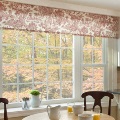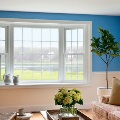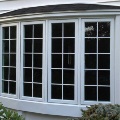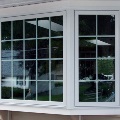Understanding the Different Types of Windows
Picking out new windows may seem relatively straightforward on the surface, but there’s a lot to consider when trying to decide what windows best fit the needs of your project.
While you may not have spent much time thinking about it, understanding the evolution of window technology and the differences between common styles can shed light on how these seemingly simple architectural features have shaped the way we experience and interact with our built environments.
Window Purposes
Windows are necessary in a building to provide natural light, ventilation, and egress openings.
Natural Light
Without windows in the walls, most homes would be very dark indoors. Windows with high visible transmittance allow in a generous amount of natural light, which decreases the energy used for artificial lighting.
Ventilation
Fresh air is a necessity in the home, and window ventilation facilitates indoor-outdoor airflow. According to the Department of Energy, proper ventilation prevents the buildup of pollutants such as smoke or carbon monoxide in the home. Ventilation can also help dispel excess moisture that can lead to mold buildup.
Exhaust fans are a common addition to newer homes, especially if the kitchen includes a gas stove. While useful, fans can wear out if left on too long. Windows built for ventilation can offset the demand on fans. High quality windows are designed to open with ease and close with a clean, tight seal.
Egress
Egress routes are exit paths that a person can take in case of fire or other emergencies. An egress window is a window that opens and meets specific size, height, width, and accessibility criteria outlined in building codes. Egress windows must be designed and installed in a way that allows for easy and safe operation. Building codes specify the placement and location of egress windows to ensure they are accessible from various areas within a building.
Building codes differ from state to state, so it is important to hire a reputable contractor who is experienced in working with the specific codes and regulations of your area.
Window History: A Timeline
Prehistoric Era
Before the invention of glass, windows were fairly rudimentary. The indigenous people of the Americas had lodges with holes in the ceilings to ventilate smoke from their fires. In Europe, animal hides were stretched over rough openings in walls to allow in light and block out the elements. Paper windows were common in ancient China and Japan.
100 A.D.
The ancient Romans were the first to craft windows with glass. Glass windows grew in popularity across Europe as a symbol of wealth. While stained glass became a staple of religious architecture, early residential window glass was often uneven and bubbly.
1700s
In this pre-industrial era, it was difficult to produce large panes of glass. The “True Divided Light” therefore became a very common window design, wherein smaller panes of glass are joined together with caming. While it’s now possible to produce large panes of glass, this design element remains popular today, with many window manufacturers offering grids on or between glass panes to simulate the divided light look.
1848
In 1848, engineer Henry Bessemer pioneered a manufacturing technique that eventually made standard window glass much smoother and easier to produce in mass amounts. Floor to ceiling windows grew in popularity.
1934
In 1934, Charles D. Haven patented a sealed unit that featured an airtight gap between two panes of window glass within one sash. This development greatly reduced heat transfer and directly led to the creation of the modern insulated glass unit.
Today’s Energy Efficient Windows
Windows were not always built to meet certain energy efficiency standards. Older windows only used one pane of glass and did not have specific features to keep out wind and water, so drafts were common. Glass panes lacked the specialized coatings used today that help control solar heat gain.
In 1989, the National Fenestration Ratings Council was created to address a nation-wide movement for energy efficiency in fenestration products like doors and windows. For industry standards in energy efficiency, the NFRC created values that measure a window’s capacity to insulate (U-value), allow unwanted airflow (air infiltration rate) and permit solar heat through the glass (solar heat gain coefficient). For more information on the energy efficient aspect of replacement windows, read our Benefits of Energy Efficient Windows article.
Types of Window Frame Materials
In the past, windows were only constructed with the most readily available and usable materials of that time period. Now, thanks to advances in manufacturing, window frames can be constructed from several different materials. When choosing a window frame material for your project, consider your budget, location, and style of your home.
Wood
Wood is a traditional and popular option for window frames, especially in older homes. Not as many companies focus solely on wood windows, with most manufacturers producing more cost-effective product lines made with aluminum or vinyl. A wood window’s price will vary based on the size, style, and type of wood in the frame. Because wood is an organic substance, these frames are prone to decay over time. If the wood window look is what you're after, consider products that offer protection against rot, like those with an aluminum exterior cladding.
Aluminum
Aluminum windows can be a cost-effective option for replacement and new construction projects. Metal, however, has a high thermal conductivity, and therefore aluminum frames do not offer the same temperature control or energy performance as other material options. Aluminum frames may corrode under certain conditions.
Vinyl
Vinyl frames are made of polyvinylchloride (PVC), typically with multiple air chambers for greater durability and energy efficiency. Vinyl is by nature insulating, which elevates its energy performance. Lightweight yet sturdy, vinyl frames will not crack or chip, needing only occasional cleaning.
Fiberglass
Fiberglass windows are made of a resin and glass fiber composite. This material does offer better thermal performance than aluminum, but it is more expensive to manufacture. Unlike vinyl windows with fusion-welded corners, fiberglass frames are screwed together, which creates gaps in the sash for air infiltration. Fiberglass windows can be easily damaged during installation and may need routine repainting.
Pros and Cons of Each Window Material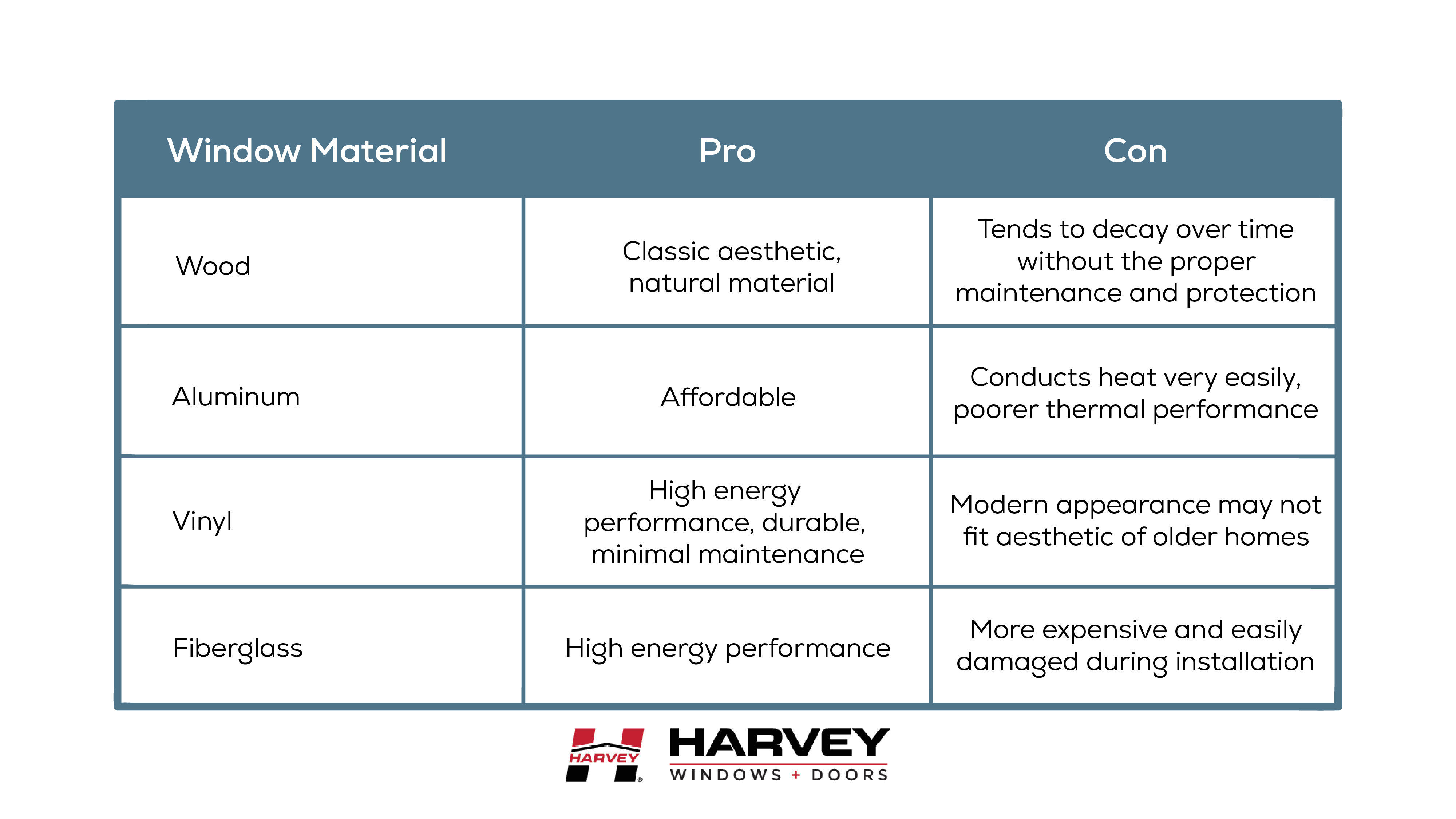
Introduction to Window Glass
Comprising most of the window’s surface area, glass is an essential component when it comes to a window’s function and performance. Window glass comes in a variety of options to meet the needs of projects with specific requirements for durability, energy efficiency, or visible light transmittance.
Annealed Glass
Annealed glass is created by slowly cooling the panes to relieve all the internal stresses caused by the heating process. All types of glass are annealed before undergoing other treatments, which is why annealed glass is also referred to as “standard glass.” Annealed glass is regularly used in residential homes because it is affordable and offers high visible transmittance. However, enough force will cause this glass to break in large shards, a safety concern which prohibits its use in high traffic settings.
Tempered Glass
Tempered glass is created by quickly blasting superheated glass with very cold air. Tempered glass breaks into small square pieces which are far less sharp than standard glass shards. Though more expensive than annealed glass, its doubled strength means they are much more likely to withstand impact from thrown objects both indoors and outdoors.
Laminated Glass
This type of safety glass is created by fusing an interlayer of clear plastic between two panes of annealed glass, creating a reinforced composite. If laminated glass breaks, the shards stick to the rigid plastic. In addition, laminated glass can provide soundproofing and some UV radiation shielding. Its safety rating makes it a popular choice for many commercial applications. It can also be used in residences, though for a higher price than standard glass.
Low-E Glass
Low-Emittance Glass is the term for windowpanes treated with microscopically thin metal or metal oxide coatings. These coatings allow in varied amounts of solar heat, depending on their formulation. In addition to increased comfort and energy savings, Low-E glass prevents UV radiation from filtering into the home and causing furniture to fade. Different formulations of Low-E coatings optimize window glass for thermal performance in warmer and colder climates.
Pros and Cons of Each Glass Type
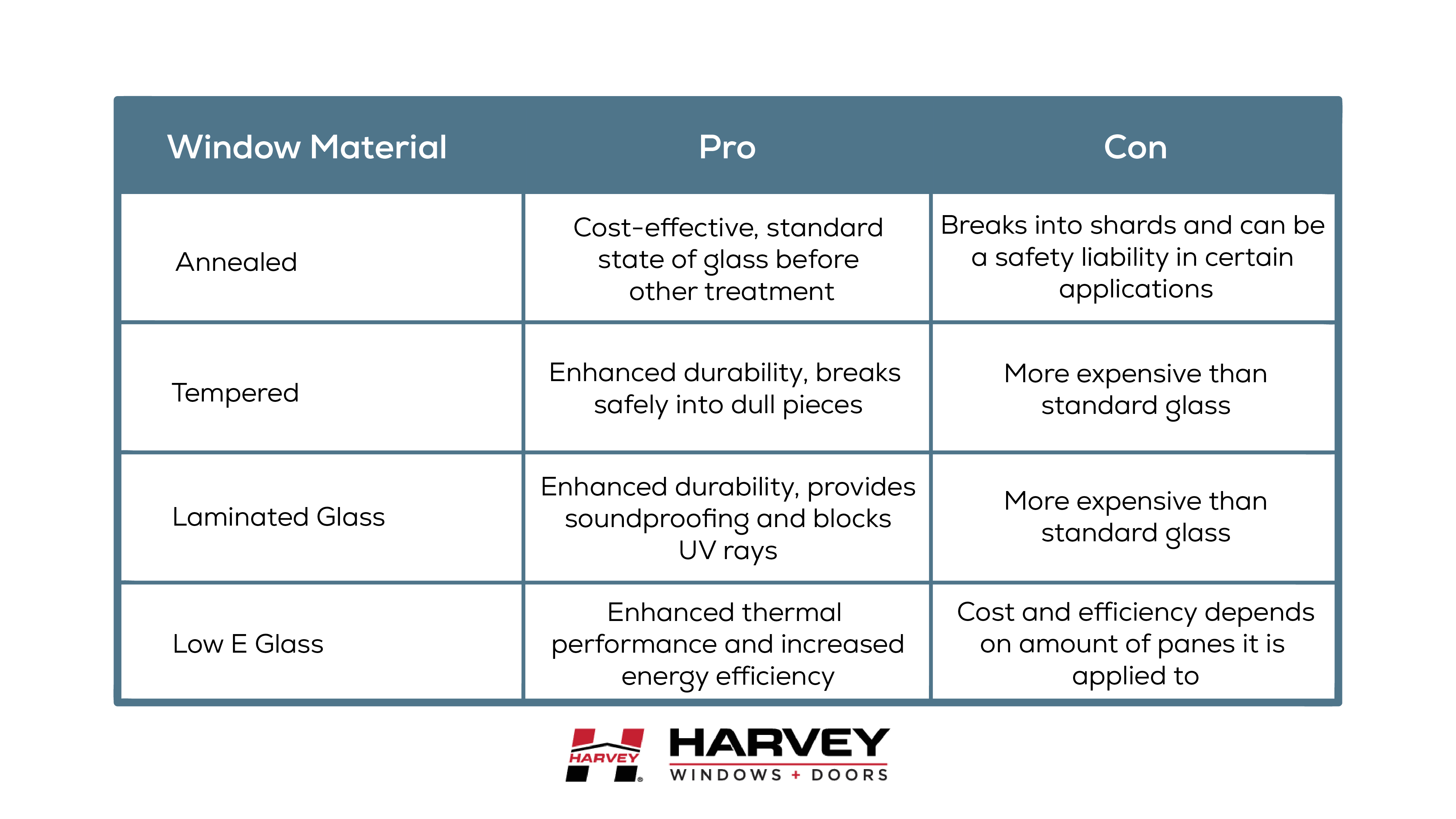
Insulated Glass
Insulated glass units (called IGUs) consist of multiple panes of glass that are hermetically sealed, with the interior space often filled with a clear gas such as argon or krypton. Within the IGU, heat transfers through currents that flow from a warm surface to a colder one (also known as convection). When convection occurs in the space between windowpanes, adding Argon gas helps to slow currents and therefore reduces heat transfer.
Types of Window Styles
Do you want a window you can open for pleasant breezes, or expansive glass that gives your room that perfect natural lighting? Is the wall wide enough for a dramatic display, or is the space rather limited? Can everyone living in the home easily lift a sash up, or would a different operating style accommodate needs better? Different needs in the home have led to the development of nine main window styles.
Get Insights to your Inbox |
|
Stay up-to-date with the latest trends and news. |
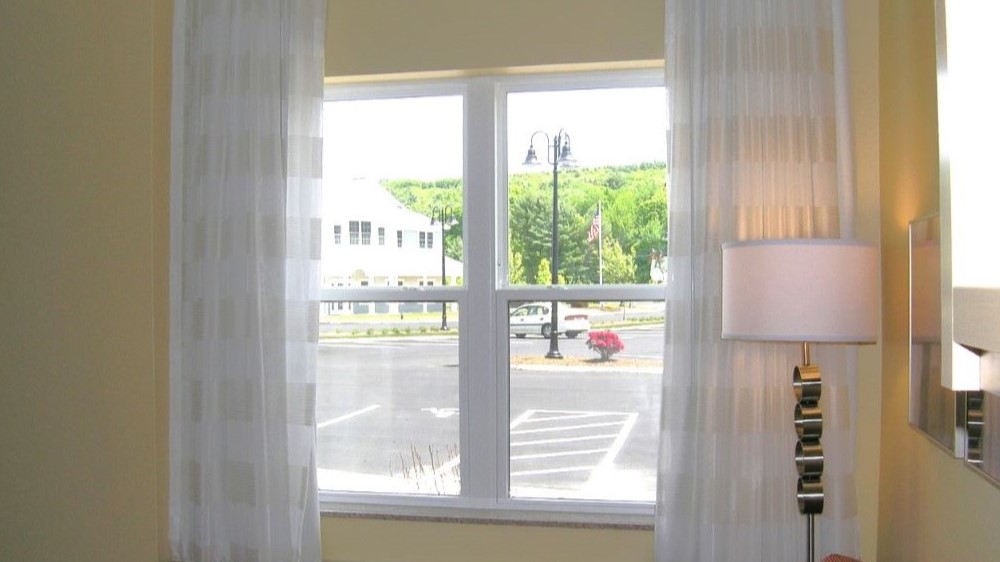
Single Hung
Single-hung windows are comprised of two rectangular sashes, one affixed to the top of the other. The top sash is immobile, while the bottom sash slides up and down within the frame to allow airflow. Homeowners can tilt the bottom sash inward for easier cleaning. This style tends to be one of the most budget-friendly options.
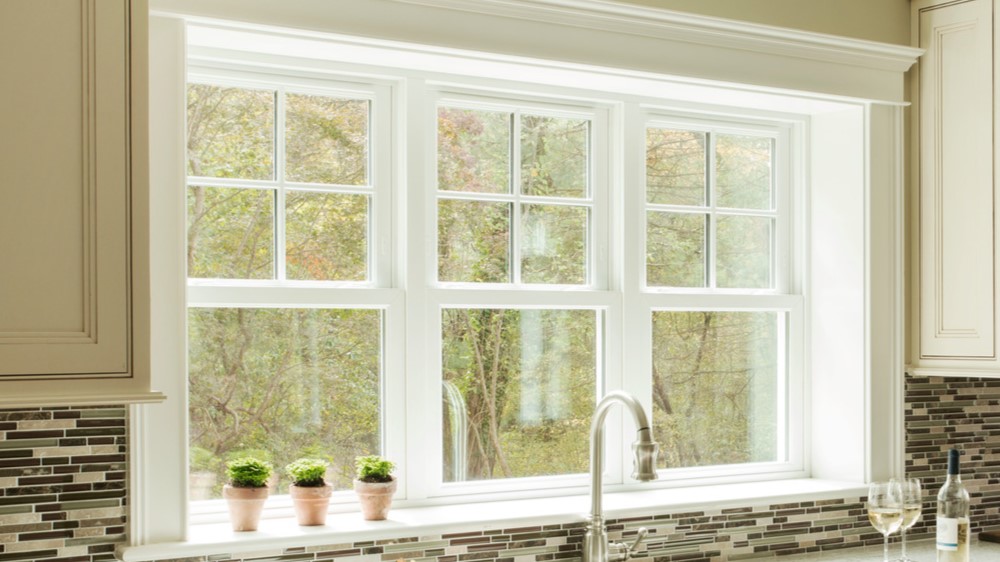
Double Hung
Double Hung windows are also constructed with two sashes like single-hungs, but both sashes can move independently of each other. This allows both sashes to be ajar simultaneously, allowing for an in-and-out airflow that can vent steam or smoke more quickly from a room than a single airflow. In quality double hung windows, both sashes can be tilted inward for easy access to exterior side for cleaning.
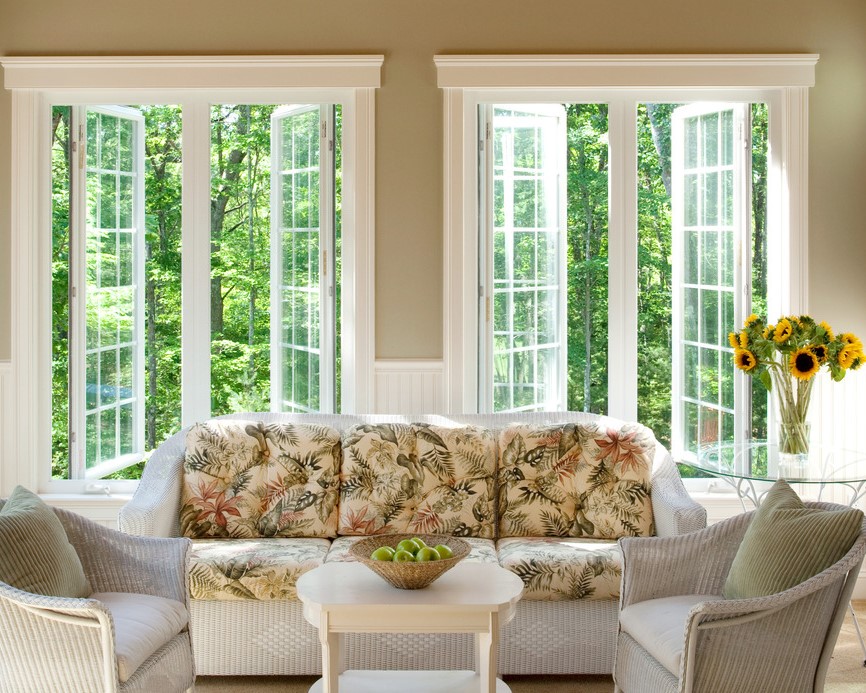
Casement
Casement windows are distinct from hung windows in the way the operate. They are hinged on one side, with a sash that opens outward from the home. Casement windows can be opened by turning a crank handle, which usually requires less force than lifting a sash. Sized appropriately, casement windows can qualify as egress. Casement sashes left open during strong weather may be vulnerable to damage by heavy wind.
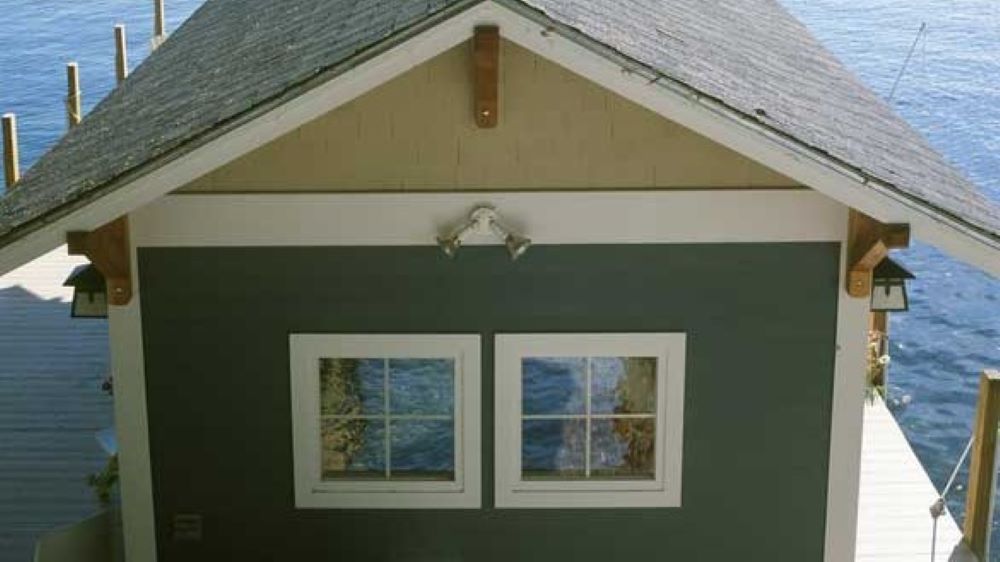
Awning
Awning windows are similar in design to casement windows in that they both open outward, but the hinge is on the top side. Casement windows are usually oriented vertically, and awnings are their horizontal counterpart. This angle directs breezes inward while also blocking the interior of the sash from rainfall. If you enjoy the scent and sensation of a stormy breeze, you may want to invest in a couple awning windows for your kitchen, bath, or bedrooms. However, homeowners should take care to close sashes during turbulent weather to prevent damage from strong winds.
7ba46b5d-2d8f-4263-916f-e9856bb1c93edf6b88a7-75b0-4f2d-9e06-d1c9c1579339.jpg?sfvrsn=74cdcac3_5)
Picture and Shape
Designed to provide light and complement a home’s style, shape windows are constructed in geometric patterns such as hexagons, octagons, and triangles, as well as quarter-rounds, half-rounds, and full-rounds. Like picture windows, they are inoperable, but they provide natural light and energy-saving performance with the right type of glass. Shaped window configurations underneath a vaulted ceiling enhances the appearance of tall walls.
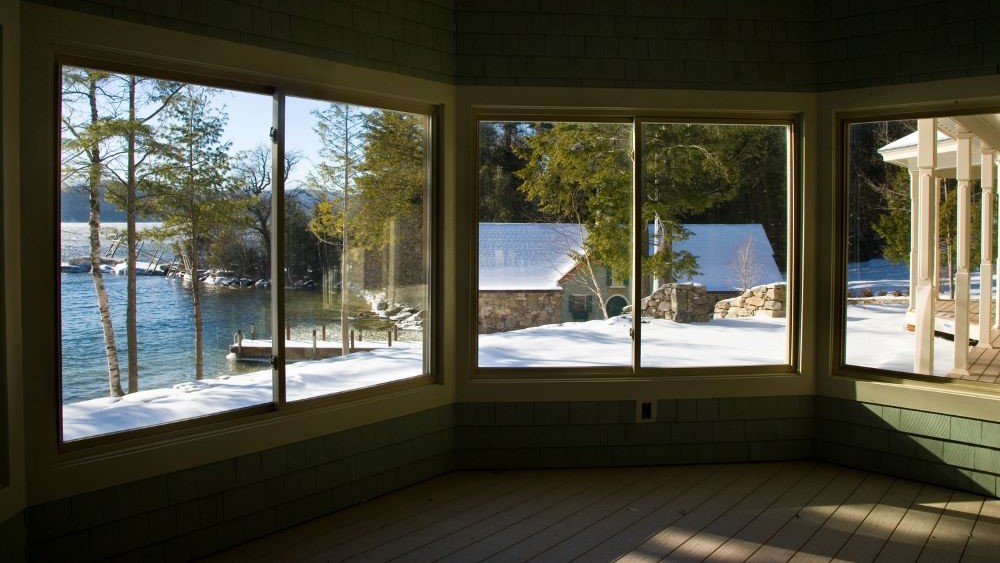
Sliding/Rolling/Gliding
Not unlike a patio door, sliding windows operate by gliding the sash horizontally to provide airflow. Similar to single and double hung windows, a sliding window can be configured with one fixed sash or two operating sashes. Unlike the double hung, a sliding window cannot be tilted inward for simple cleaning.
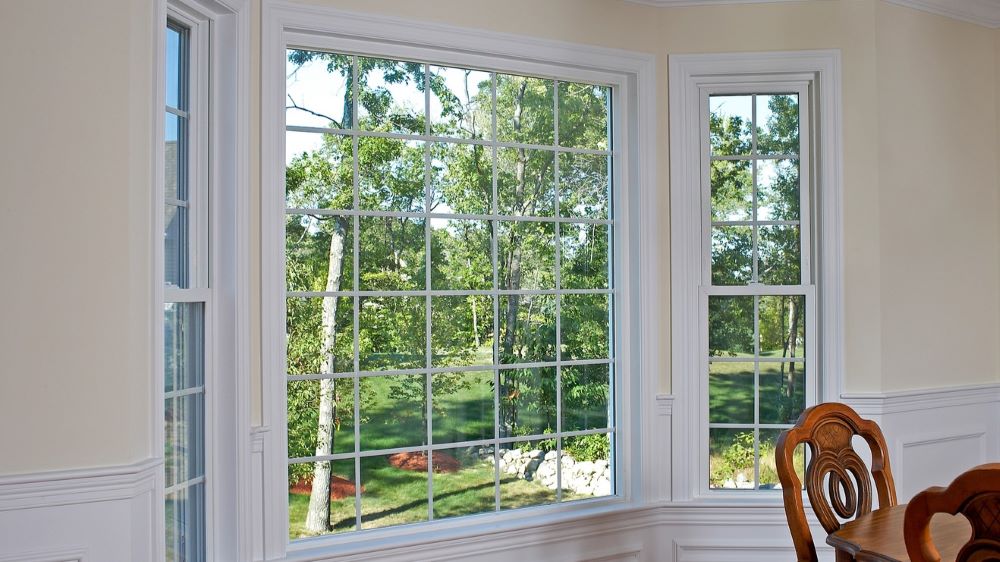
Bay and Bow
Bay and Bow windows are among the more complex window configurations, comprised of casements, picture windows, or double-hungs, mulled in an angled projection from the home. Bay windows are often set at 30 or 45-degree angles, and bow windows typically at 10 degrees, giving them a more rounded projection. They offer a great opportunity to create a cozy nook indoors with a bumped-out, cushioned window seat.
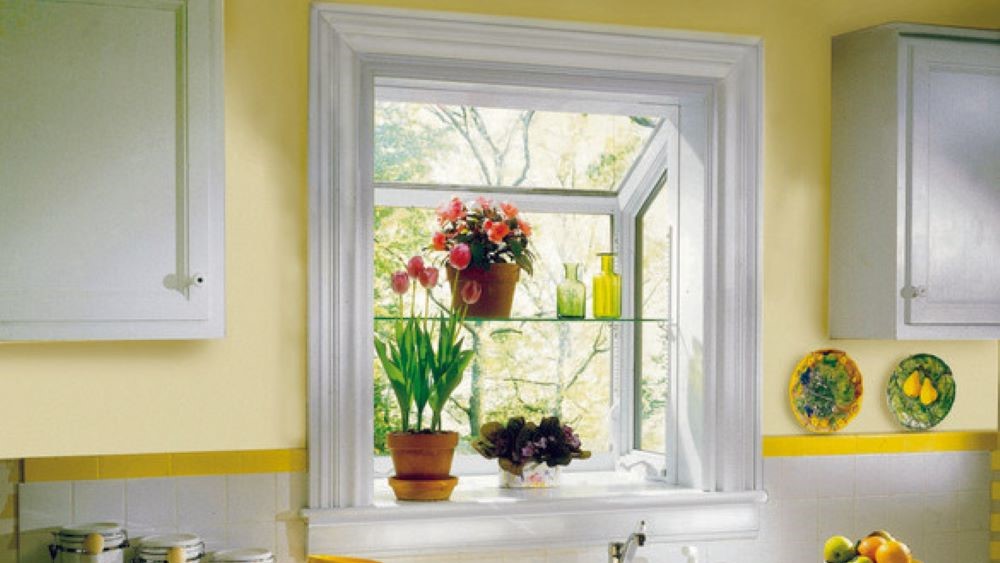
Garden
Garden windows create a focal point that adds charm to any plant lover's home. These windows are typically constructed from two or more casements configured to create a shelf for homeowners to display plants such as herbs or flowers. Garden windows are commonly found in kitchens.

Hopper
Hopper windows are similar to awning windows, but their hinges are located at the bottom of the frame. They open inward with handles on the sash which provides added security for ground level rooms. This window type is ideal for ventilating tight, stuffy spaces such as attics, garages, and basements.
Since the modern window’s inception, numerous styles have been created to meet household requirements for natural lighting, ventilation, egress and operation preferences. Over time, window technology has improved, providing measurable energy-efficient benefits for the average homeowner.
Today’s homeowner has many choices when it comes to selecting building products to create their ideal space, and windows are no exception. Take the first step by exploring styles and customization options, and be sure to ask your contractor if Harvey windows are right for your project.


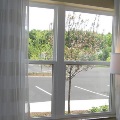
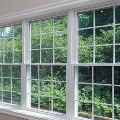
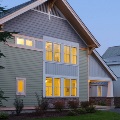
3fb5d605-c38f-4080-a225-8492e22e00f3.tmb-thumbnail.jpg?Culture=en&sfvrsn=f9198bf4_1)
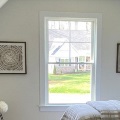

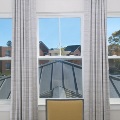

361b3872-de06-4699-bd4c-ee8eb5ed7c45.tmb-thumbnail.jpg?Culture=en&sfvrsn=b91346d9_1)
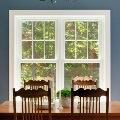
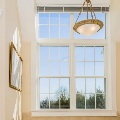
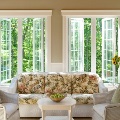

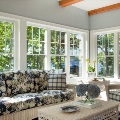
c712b681-c5c8-4cc5-a1f0-24b197a7d538aed892fc-98c5-4932-becd-5d4cea67175b.tmb-thumbnail.jpg?Culture=en&sfvrsn=ac0ce59_1)
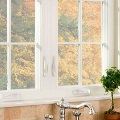
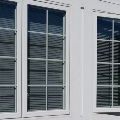
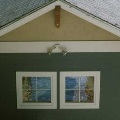
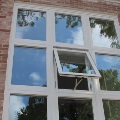

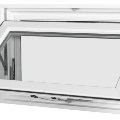

_resizedbaad13e6-08c2-4975-951e-b62c89aae999.tmb-thumbnail.jpg?Culture=en&sfvrsn=4477b4ca_1)
7ba46b5d-2d8f-4263-916f-e9856bb1c93edf6b88a7-75b0-4f2d-9e06-d1c9c1579339.tmb-thumbnail.jpg?Culture=en&sfvrsn=74cdcac3_1)
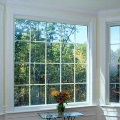


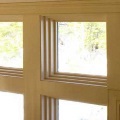
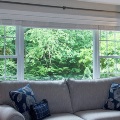
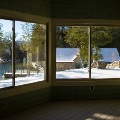

19753dfe-5e57-4c2e-8035-06c4e5ed29244d63e573-6fed-4ae1-a8e1-145ffe1214f5.tmb-thumbnail.jpg?Culture=en&sfvrsn=2f40422f_1)

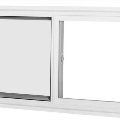
f5f4f1b8-4e53-405d-b870-337595781f4f.tmb-thumbnail.png?Culture=en&sfvrsn=a1970aad_1)


